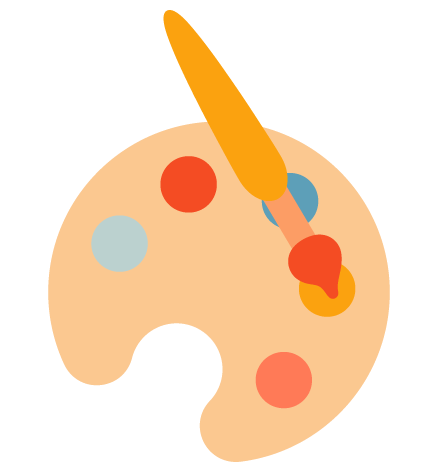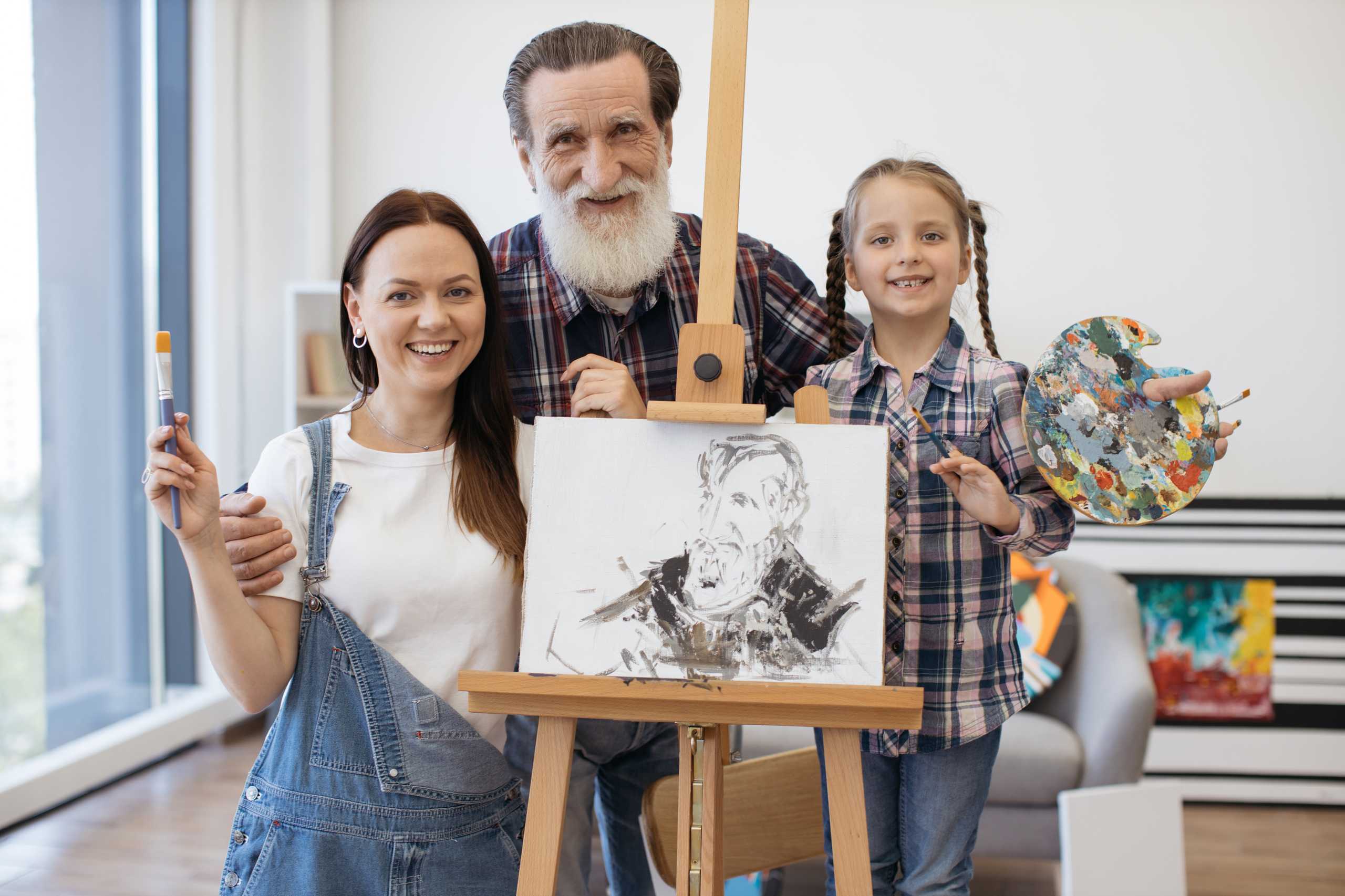Starting Your Portrait Journey: What Beginners Need to Know
Portrait painting is more than a skill — it’s an exploration of identity, emotion, and presence. If you’re just starting your journey into capturing human faces on canvas, the process may seem overwhelming. Where to begin? What to focus on first? How to avoid common mistakes?
Let’s break it down.
1. Don’t Rush Into Details
One of the most common traps beginners fall into is focusing too early on tiny features — eyelashes, pores, or the curve of a lip — before the structure is even in place. But portraiture starts with proportions, shapes, and balance.
Learn to build your painting in layers:
- First, the general shape of the head.
- Then, rough placement of features.
- Only then, refining contours and tones.
A solid structure beneath your paint is what makes a portrait believable — not perfect realism in a nose.
2. Train Your Eyes, Not Just Your Hands
Good portrait artists don’t just paint well — they see well. This means learning to observe:
- Differences in skin tones
- How light affects form
- Tiny asymmetries that make a face unique
Try this: Spend 15 minutes sketching the same face upside down. It forces your brain to stop labeling features and simply copy what it sees. Observation is a skill. And like drawing, it gets sharper with time.
3. Make Peace with the “Ugly Stage”
Every portrait goes through a phase where it looks wrong. Strange. Even a little scary.
Don’t panic.
That middle stage — where your underpainting is rough and the features are just blobs — is part of the process. Professional artists go through it too. Pushing through this discomfort is how real progress happens.
Your painting doesn’t need to look beautiful at every moment. It needs to evolve.
4. Choose Your Tools Wisely
You don’t need a studio full of expensive paints and brushes. For beginners, a basic setup is enough:
- A warm and cool version of each primary color
- A few synthetic brushes in different sizes
- A smooth sketchbook for practice
Work with fewer materials — and get to know them deeply.
5. Focus on Expression, Not Perfection
A technically perfect portrait with no life in it will always feel flat. A slightly off-kilter face with emotional weight, spark in the eyes, or softness in the smile — that’s the kind of painting that stays with the viewer.
Aim to express, not impress.
Final Thoughts
Portrait painting is a journey of seeing people — and yourself — in new ways. It demands patience, humility, and practice. But it also gives back in moments of deep focus, joy in subtle improvement, and the thrill of watching a face emerge from a blank canvas.
So start simple. Stay curious. And most importantly — keep painting.

